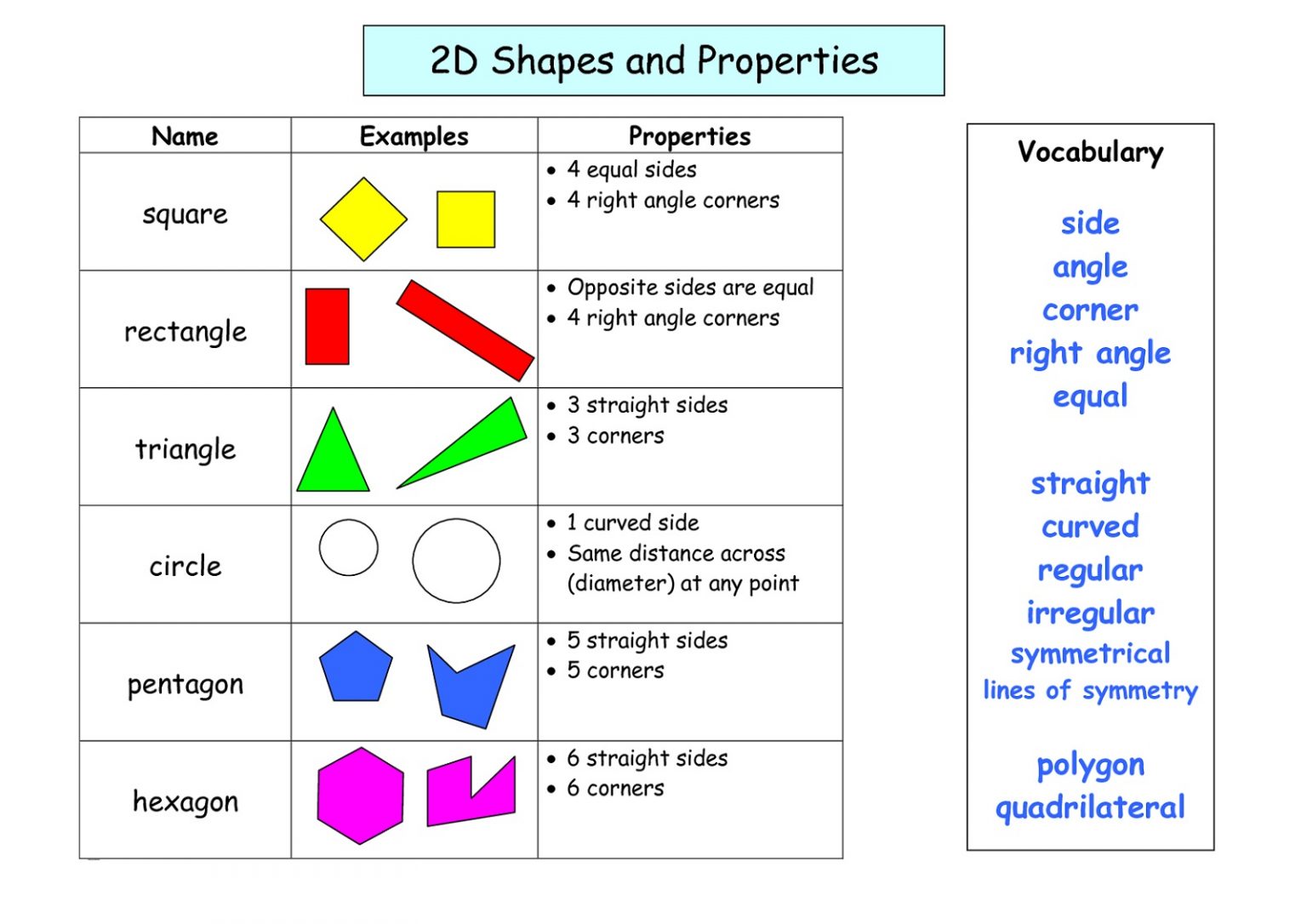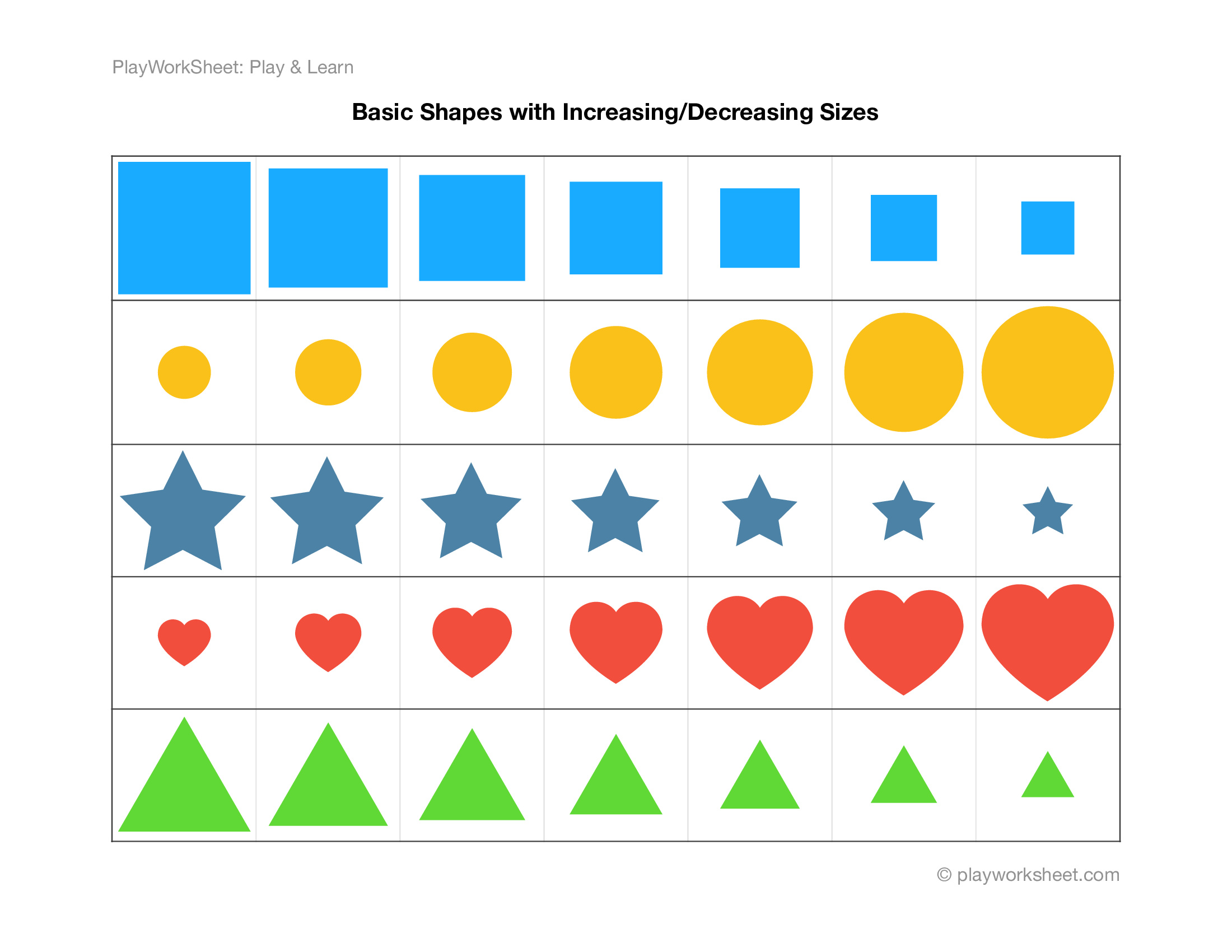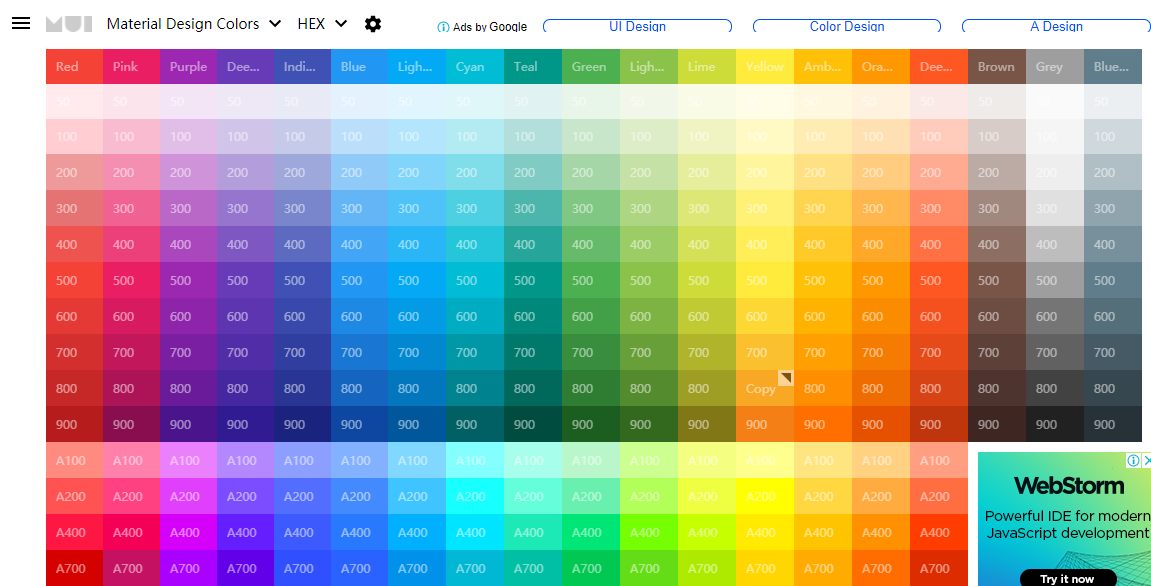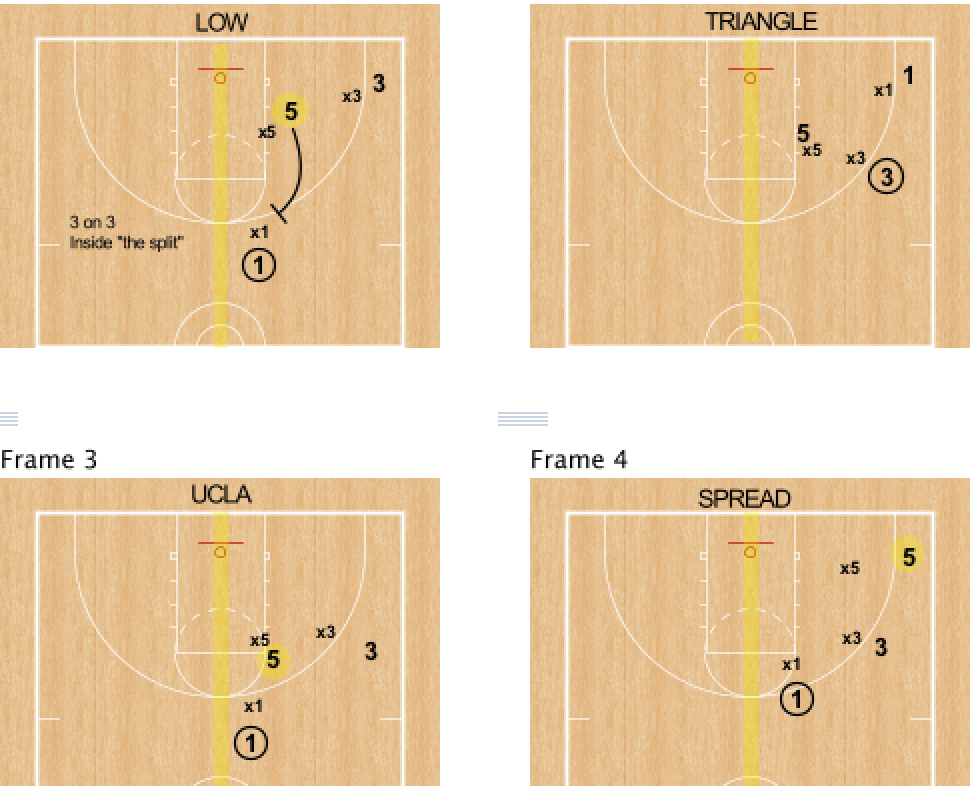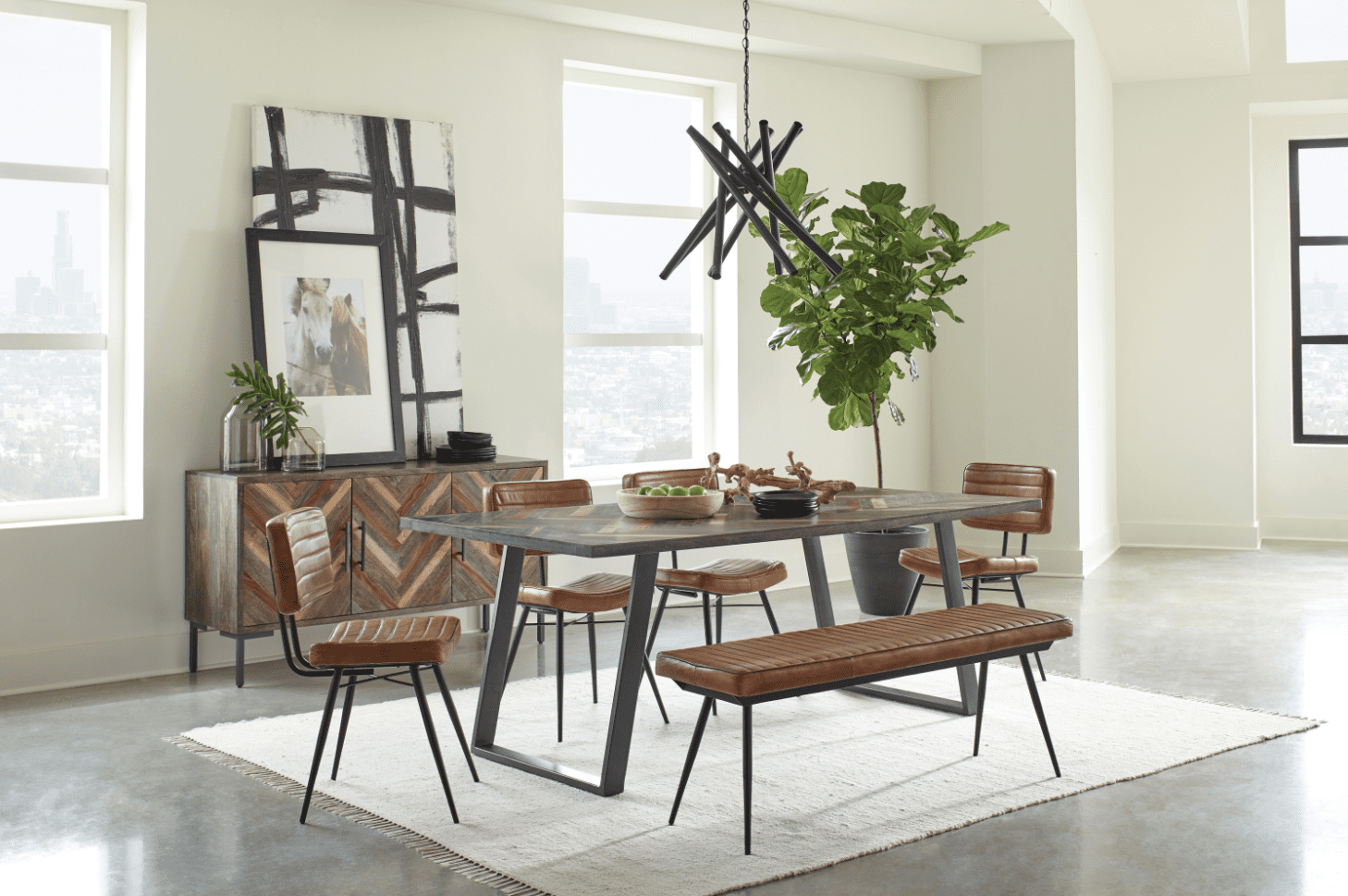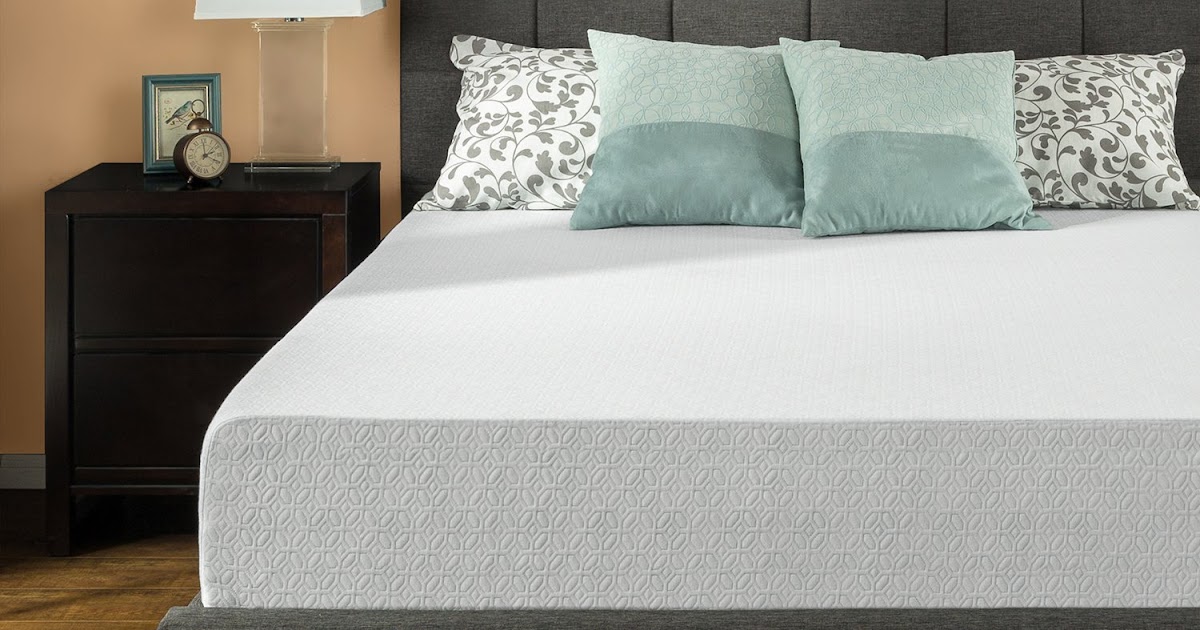When choosing a kitchen table, the first thing to consider is the size and shape that will best fit your space. Measure the area where you plan to place the table and make sure to leave enough room for chairs to comfortably fit around it. The shape of the table should also complement the shape of the room. A rectangular or oval table is great for longer, narrow spaces, while a round or square table works well in smaller, more intimate spaces.1. Size and Shape
The material of the kitchen table not only affects its appearance but also its durability and maintenance. Popular options include wood, metal, glass, and laminate. Solid wood tables are classic and sturdy, but may require more upkeep. Metal tables are sleek and modern, but may be prone to scratches. Glass tables add a touch of elegance, but can be fragile. Laminate tables are affordable and easy to clean, but may not be as durable as other options.2. Material
The style of the kitchen table should complement the overall aesthetic of your kitchen. Whether you prefer a traditional, rustic, or modern look, there is a wide variety of styles to choose from. Consider the materials, colors, and design of the table to ensure it fits with the rest of your kitchen decor.3. Style
Setting a budget for your kitchen table is important to avoid overspending. The price of a table can vary greatly depending on the material, size, and style. Consider how often you will use the table and how long you want it to last when determining your budget. It may be worth investing in a higher quality table that will last for years to come.4. Budget
A kitchen table is not just a piece of furniture, it also serves a functional purpose. Think about how you will use the table on a daily basis. Will it be used for meals, homework, or as a work surface? Some tables even come with storage options like drawers or shelves, which can be helpful in a smaller kitchen.5. Functionality
A kitchen table is a long-term investment, so it's important to choose one that is durable and can withstand daily use. Consider the material and construction of the table to ensure it will hold up to your needs. If you have young children or pets, a table that is scratch and stain-resistant may be a better option.6. Durability
Different materials require different levels of maintenance. Consider how much time and effort you are willing to put into caring for your kitchen table. For example, a wood table may need to be polished and re-stained periodically, while a laminate table can be easily wiped down with a damp cloth.7. Maintenance
If you have a smaller kitchen, space constraints may limit your options for a kitchen table. Consider a drop-leaf or extendable table that can be folded or expanded when needed. Another option is a pedestal table, which takes up less space than a table with four legs.8. Space Constraints
Comfort is an important factor to consider, especially if you plan on using the table for meals or spending long periods of time sitting at it. Look for chairs with padded seats and backs, and make sure there is enough legroom for everyone to sit comfortably. If possible, try out the chairs before making a purchase to ensure they are comfortable.9. Comfort
When choosing a kitchen table, it's important to also consider the chairs that will go with it. Make sure they are the right height for the table and that they match the style and color of the table. Some tables come with matching chairs, while others allow you to mix and match for a more eclectic look. In conclusion, choosing the right kitchen table involves considering many factors such as size, material, style, budget, functionality, durability, maintenance, space constraints, comfort, and matching chairs. By taking the time to carefully consider each of these factors, you can find a kitchen table that not only fits your space, but also meets your needs and reflects your personal style. Happy shopping!10. Matching Chairs
Choosing the Perfect Kitchen Table for Your Home

Consider the Size and Shape
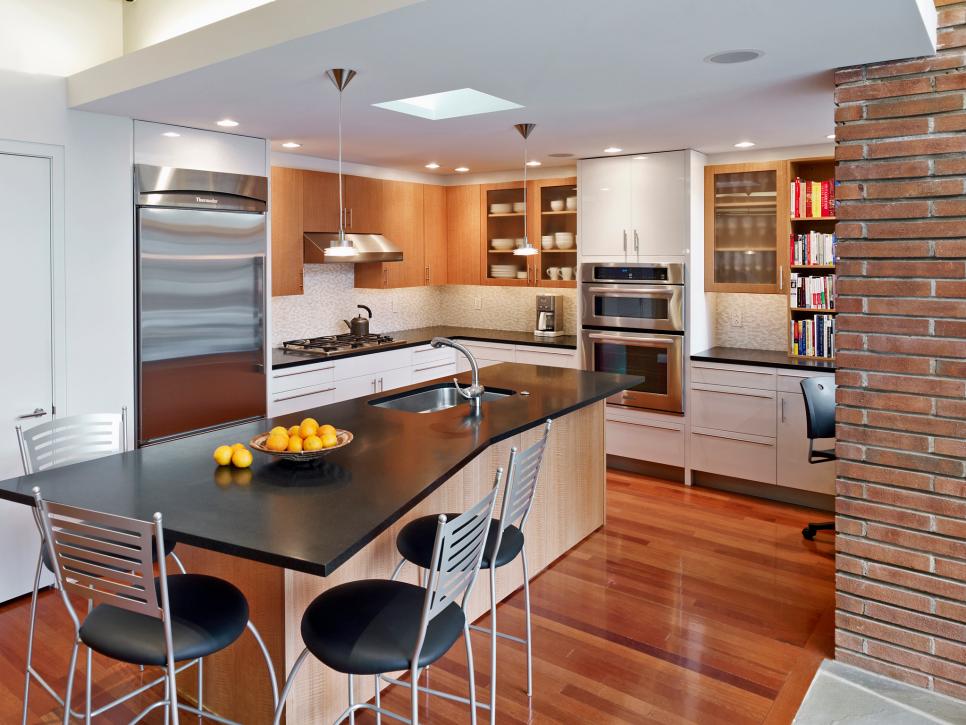 When selecting a kitchen table, it's important to consider the size and shape that will best fit your space. If you have a small kitchen or limited dining area, a round or square table may be the most practical choice. These shapes can fit into corners and can also accommodate more chairs around the table. For larger kitchens or dining rooms, a rectangular or oval table may be a better fit. These shapes create a more formal and spacious feel, perfect for entertaining guests.
When selecting a kitchen table, it's important to consider the size and shape that will best fit your space. If you have a small kitchen or limited dining area, a round or square table may be the most practical choice. These shapes can fit into corners and can also accommodate more chairs around the table. For larger kitchens or dining rooms, a rectangular or oval table may be a better fit. These shapes create a more formal and spacious feel, perfect for entertaining guests.
Think About Functionality
 While aesthetics are important, it's crucial to think about the functionality of your kitchen table. Will you be using it for everyday meals, or do you plan on hosting dinner parties? If you have a family, a table with a durable surface and easy-to-clean material may be the best option. For those who love to entertain, a table with extension leaves or a drop-leaf design can be a convenient way to accommodate extra guests.
While aesthetics are important, it's crucial to think about the functionality of your kitchen table. Will you be using it for everyday meals, or do you plan on hosting dinner parties? If you have a family, a table with a durable surface and easy-to-clean material may be the best option. For those who love to entertain, a table with extension leaves or a drop-leaf design can be a convenient way to accommodate extra guests.
Match Your Existing Decor
 Your kitchen table should complement the existing decor in your home. Consider the style and color scheme of your kitchen and dining area when choosing a table. If you have a modern kitchen with sleek, minimalist design, a simple and streamlined table would be a great choice. For a more traditional kitchen, a table with ornate details and a classic finish would be a better fit. Don't be afraid to mix and match styles, but make sure the table still fits in with the overall aesthetic of the room.
Your kitchen table should complement the existing decor in your home. Consider the style and color scheme of your kitchen and dining area when choosing a table. If you have a modern kitchen with sleek, minimalist design, a simple and streamlined table would be a great choice. For a more traditional kitchen, a table with ornate details and a classic finish would be a better fit. Don't be afraid to mix and match styles, but make sure the table still fits in with the overall aesthetic of the room.
Invest in Quality
 A kitchen table is not just a piece of furniture, it's an investment in your home. It's important to choose a table that is made of high-quality materials and is built to last. Solid wood tables are durable and can withstand daily use, while also adding warmth and character to your space. If you prefer a more modern look, metal and glass tables can also be a great option. Whichever material you choose, make sure it is well constructed and will hold up over time.
Choosing the perfect kitchen table
for your home is not a decision to be taken lightly. It's a piece of furniture that will see a lot of use and should also reflect your personal style. By considering the size, functionality, and design of your table, you can find the perfect fit for your kitchen and dining area. With a little bit of research and thought, you can find a kitchen table that will elevate the design of your home and provide a welcoming gathering place for years to come.
A kitchen table is not just a piece of furniture, it's an investment in your home. It's important to choose a table that is made of high-quality materials and is built to last. Solid wood tables are durable and can withstand daily use, while also adding warmth and character to your space. If you prefer a more modern look, metal and glass tables can also be a great option. Whichever material you choose, make sure it is well constructed and will hold up over time.
Choosing the perfect kitchen table
for your home is not a decision to be taken lightly. It's a piece of furniture that will see a lot of use and should also reflect your personal style. By considering the size, functionality, and design of your table, you can find the perfect fit for your kitchen and dining area. With a little bit of research and thought, you can find a kitchen table that will elevate the design of your home and provide a welcoming gathering place for years to come.



